The voice detects health. VoiceWise uses AI for diagnosis, remote monitoring, wellness. The challenges? Acceptance, integration and accessibility.


In the digital age, the line of separation between the real world and the virtual world is becoming thinner and thinner, and now it has almost disappeared. The two worlds have merged like two sides of the same coin, one becoming the extension of the other.
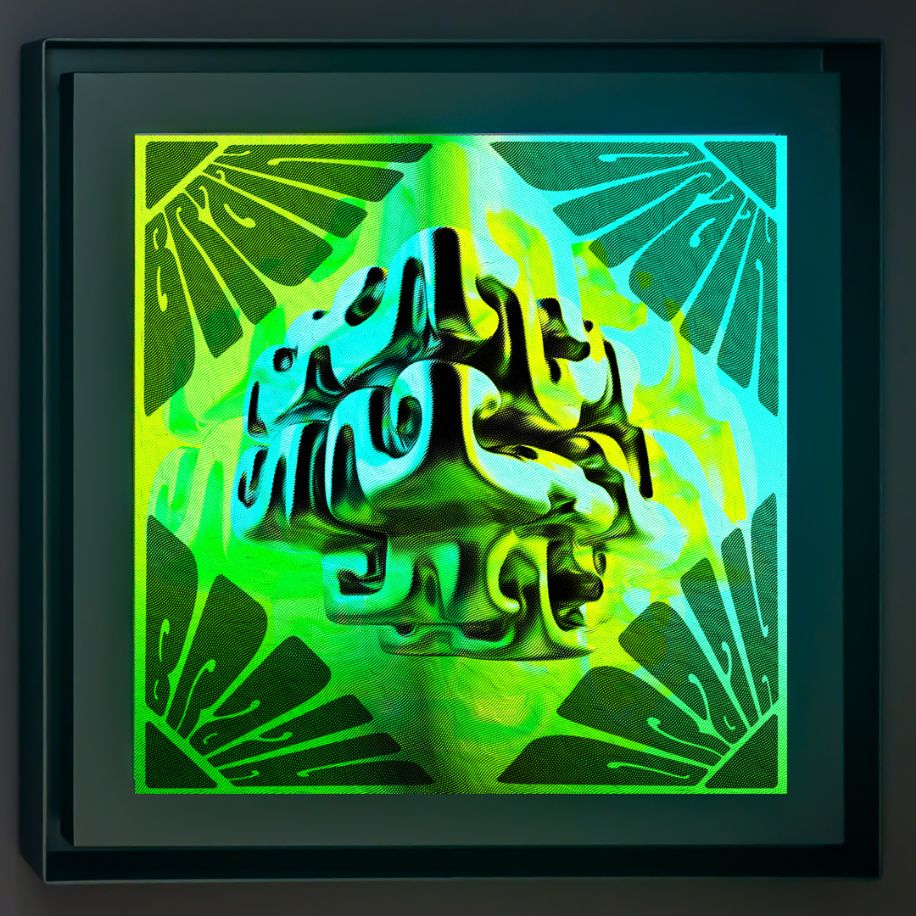
It might seem like the plot of a sci-fi film like The Matrix, Tron or Ready Player One, but we are actually talking about reality. We are in the virtual universe when we post photos of our latest holiday on Instagram, when we ask Alexa for the weather forecast, or when we google how many eggs we need to make a perfect tiramisu to serve for dinner tonight.
It shouldn't surprise us that new languages and forms of expression have been created in this paradigm shift, and that much of what we appreciate today is in the form of pixels.
Art is a clear example of this. NFTs – (acronym for non-fungible tokens) – are all the rage, and are being purchased at record prices, to the extent that they can no longer be ignored by the art world. There are no intermediaries, artists can earn money without having to die first, and the value of the piece is assessed in cryptocurrency.
But what is an NFT, and how exactly does this world work?
Explaining it all to us is Serena Tabacchi, an expert in the sector and the Director and Co-Founder of MoCDA, the Museum of Contemporary Digital Art.
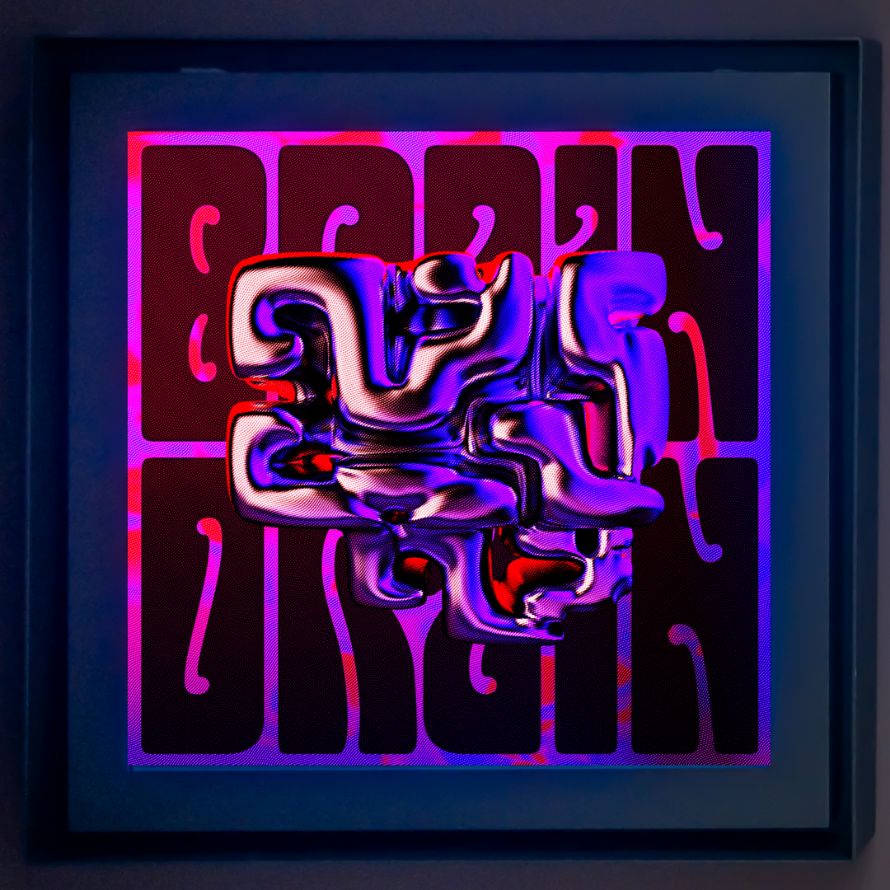
How did your passion for the digital world begin?
My passion for this world came about by chance, an underlying interest that I never intentionally pursued. I didn't study a degree that focused on art or technology. After attending an Academy of Dramatic Arts and working in the musicals industry, I became a manager for Tate Commerce at the Tate Museum, the famous modern and contemporary art museum in London. In that period I met someone who introduced me to the world of blockchain technology, at a time when it wasn't yet being talked about much, and was not an easily understandable or accessible topic. With this person and a curator, I founded MoCDA, the Museum of Contemporary Digital Art, through which we collected and spread information on new technologies to support art.
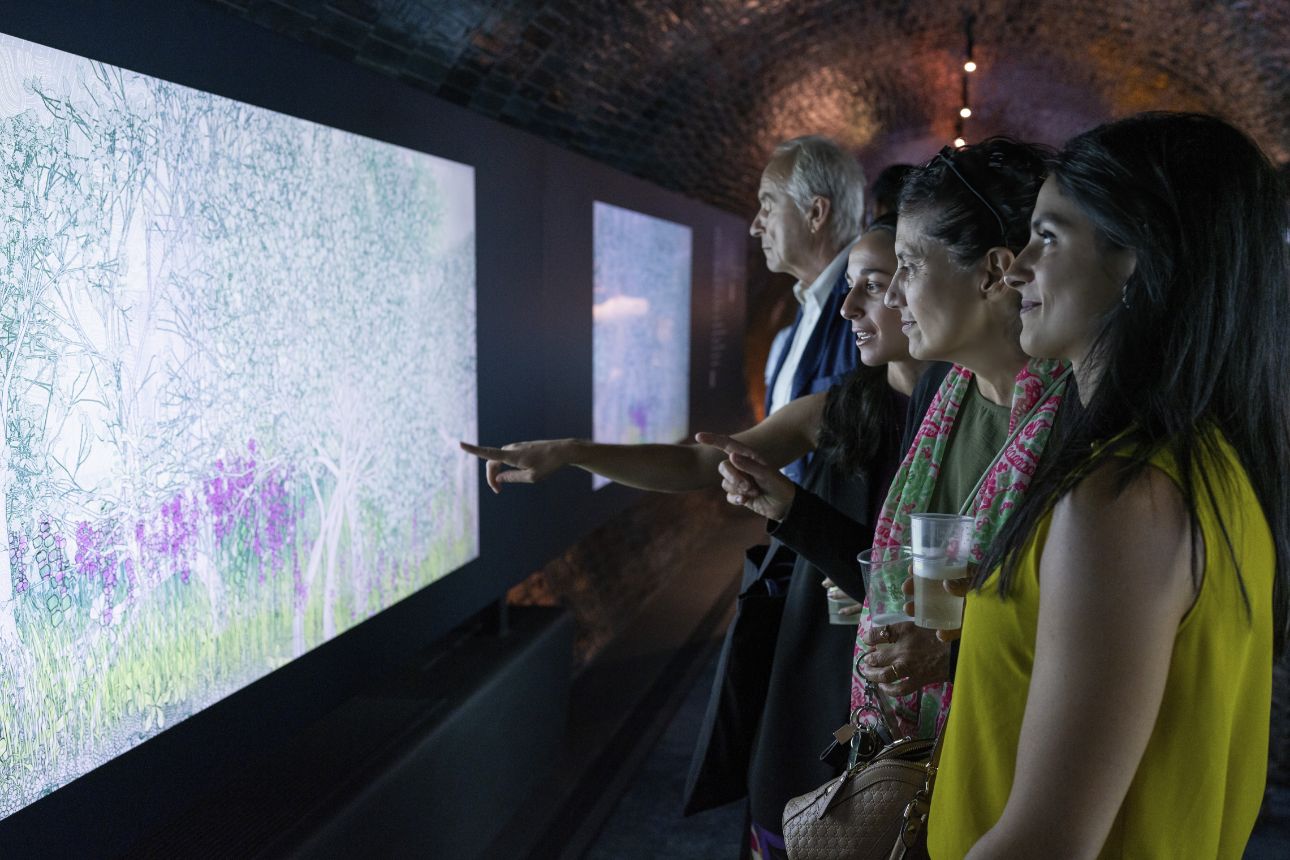
How would you define an NFT for those who are not familiar with digital art, and what is the current situation?
Any file online can be reproduced infinitely, and it is extremely difficult to trace its origin and authenticity. Imagine Leonardo da Vinci as a digital artist, and the Mona Lisa as a simple JPEG file: how would we establish the uniqueness of the work, and who would be its legitimate owner? This is where the concept of an NFT comes into play. An NFT, or non-fungible token, is a digital certificate that identifies the origin, guarantees the authenticity and ensures the ownership of a unique digital object such as an image, a video or a game. Unlike cryptocurrencies, NFTs cannot be exchanged for other tokens of the same type, because they are unique. They are bought and sold on specialised markets and registered on a blockchain, an encrypted digital register that guarantees the security of transactions and the protection of the ownership rights associated with the token. It is important to emphasise that an NFT certifies the uniqueness of the digital object, but it does not protect its content. Therefore, those who buy NFTs do not buy the work itself, but its certificate of origin and ownership of the token, not necessarily the content of the work, which stays online, accessible to everyone.
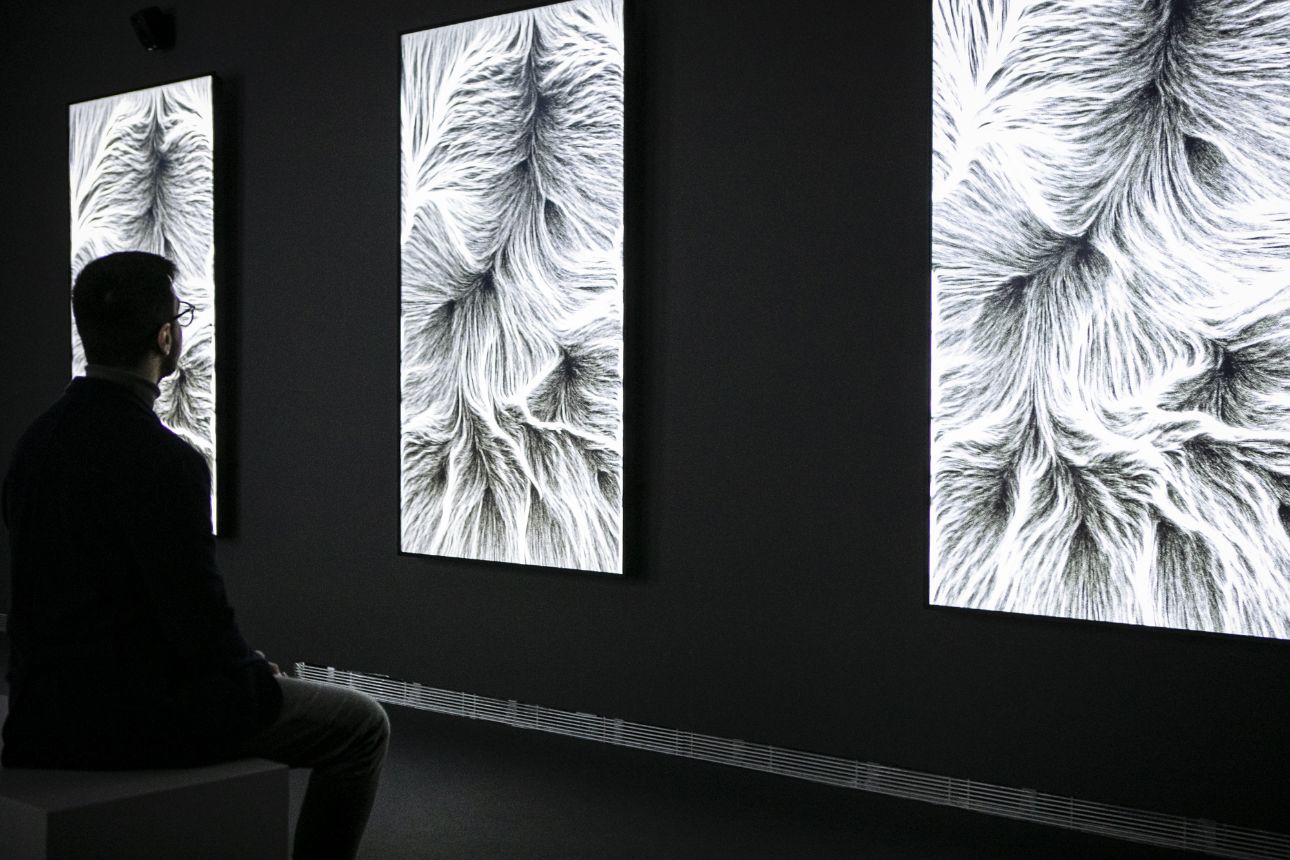
How does the metaverse come into all this?
The concept of the Metaverse is fascinating, because it represents an ideal place where these artworks exist. Within this virtual world, works can be exhibited in ways that emphasise their unique characteristics. From your wallet, for example, you can take an artwork and position it in the virtual space, and let other users interact with it. The collaborative exploration of a piece of art and the performances that come out of it help to create a dynamic, stimulating environment that increases the opportunities for public engagement and participation. Some of the advantages of the Metaverse are its sustainability and accessibility, allowing the public to visit an exhibition without necessarily having to take a flight, making the art world more democratic. At the moment, however, many of the implementations are a little dated; they are a web3 version of a gaming platform that is not particularly aesthetically pleasing, and I hope it will be updated soon.
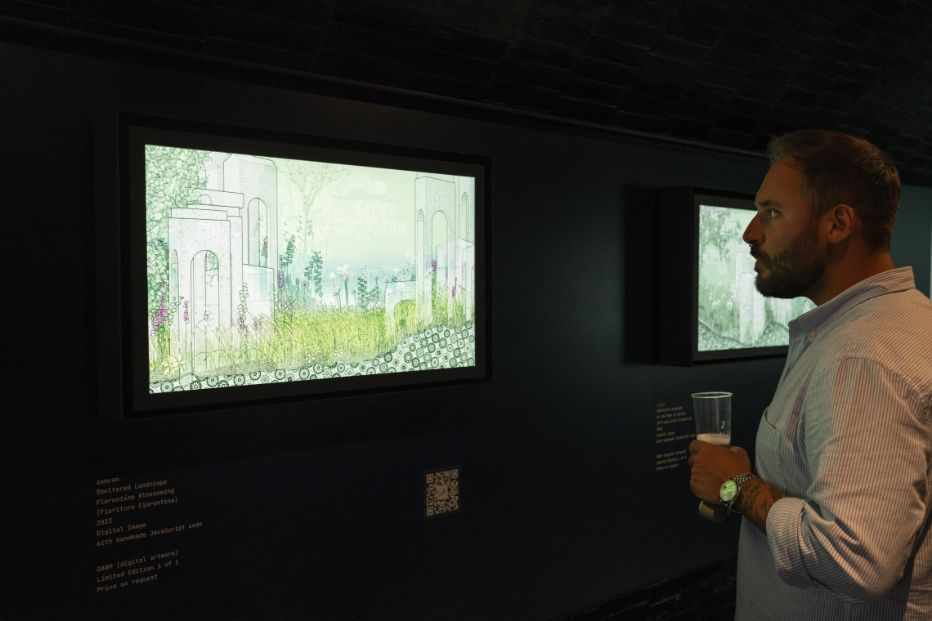
Digitalisation has shaken up the art world - are artists at the helm of this revolution, or are they victims of it?
Both. In some cases, it is artists themselves influencing digital platforms to meet their needs. In others, companies, such as VR (virtual reality) companies or tech brands, employ artists as testimonials to promote new products, for showcases and events. This type of relationship has always existed. It has probably just accelerated, and this way some artists are lucky enough to have access to tools and platforms that facilitate their artistic expression in innovative ways.
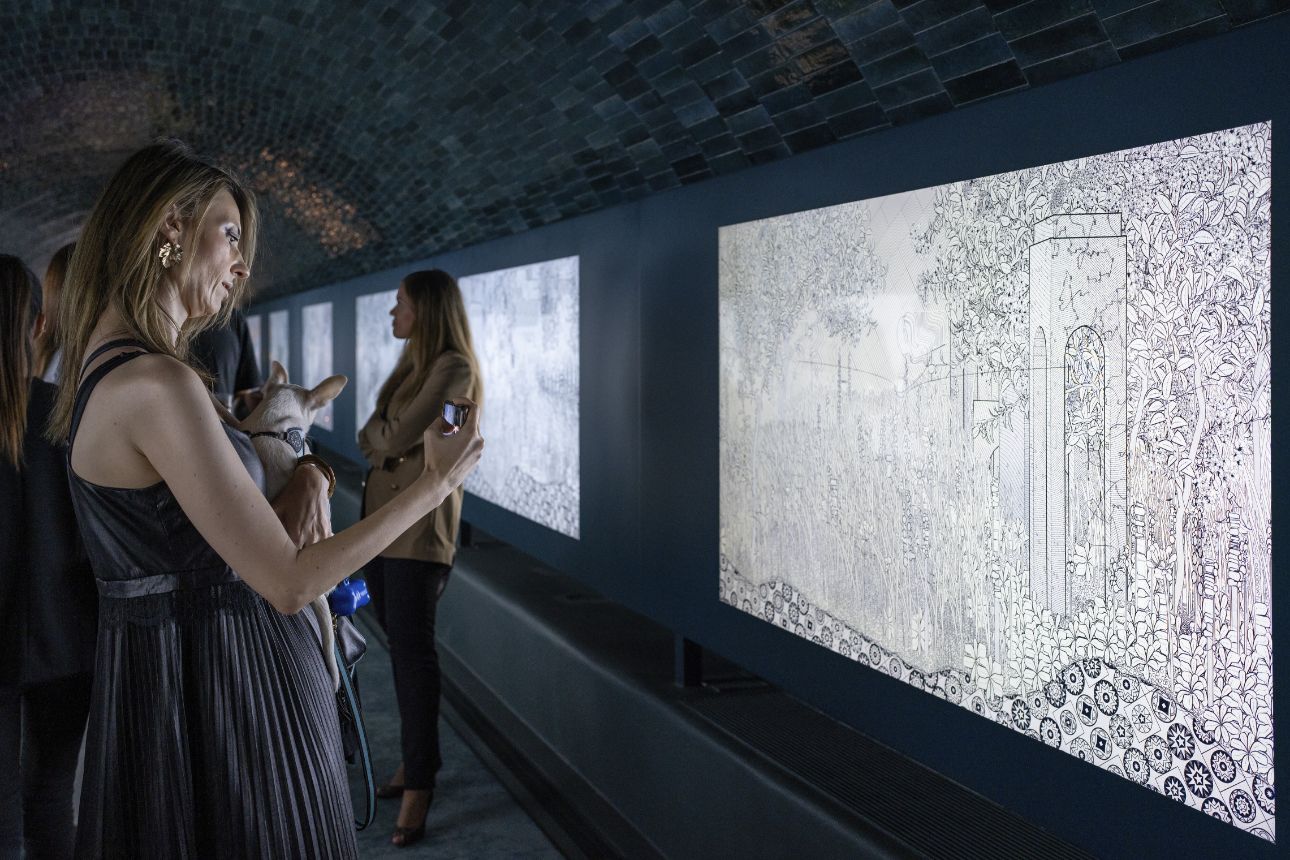
There are various controversies regarding NFTs, such as the fact that they are simply a speculative bubble, and that they cause a lot of pollution.
What do you think about this?
Actually, they don't cause any more pollution than a domestic fridge. The situation has been different for at least a couple of years now. Blockchains have become scalable and sustainable. With the exception of Bitcoin, which has stayed as it was due to a specific choice of code, and which we rely on to give value to cryptocurrencies. Blockchains are a sustainable mechanism. For example, Ethereum has reduced gas fees and transaction commissions, allowing many more companies to adopt web3 systems without attracting too much criticism. In the end, everything pollutes, including eating meat, but it is a choice. Blockchains cause less pollution than eating a steak.
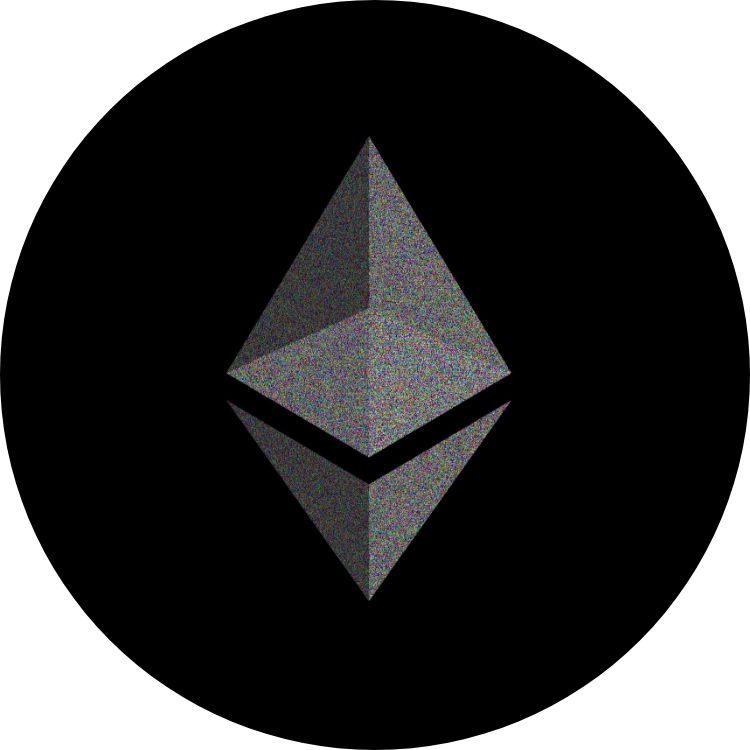
Can you give us some examples of particularly striking NFT artworks?
Today's most interesting NFTs come from generative art. One example is Michaël Zancan, who creates Java code that translates into artworks with architectural and floral elements. Another artist is Fuse*, whose process focuses on botanicals connected to nature that doesn't exist, using algorithms to create a natural reality that we could have in our world if things had gone differently. These works are generative and are created by systems, an approach that has its roots in the era of plotters, using codes that translate into images.
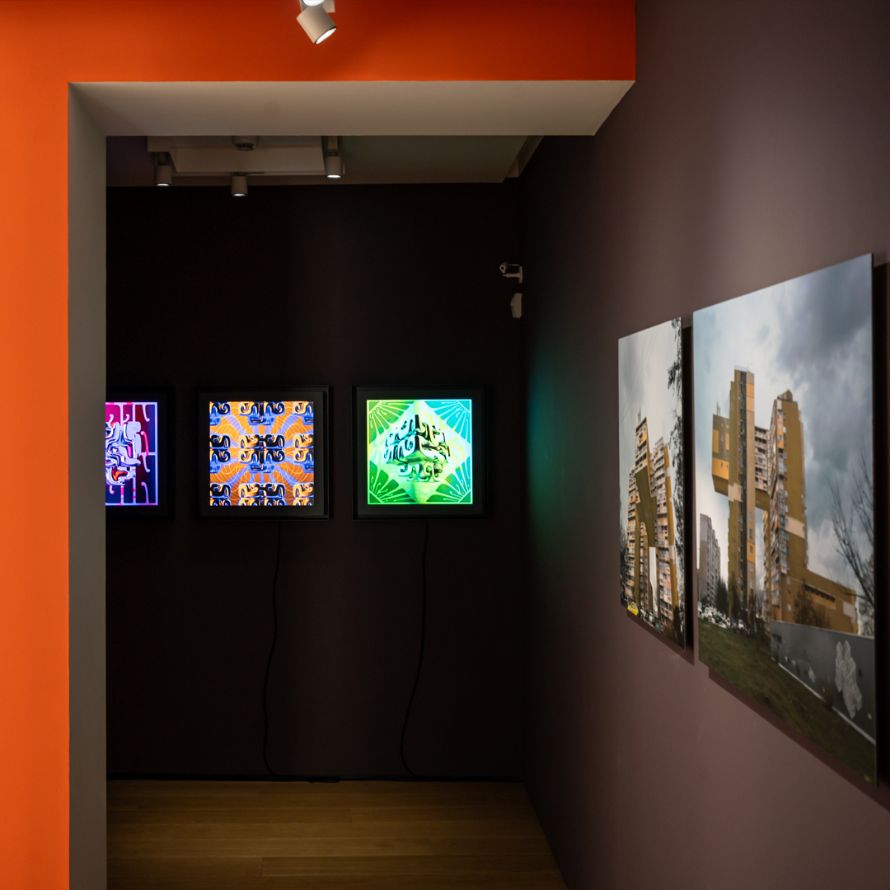
Do you think that NFTs are just a passing trend?
How do you imagine the future?
NFTs seem to be here to stay, and are destined to establish themselves in the landscape of digital art. Although they have been subject to speculation and have undergone a phase of saturation, their impact in the context of web 3.0 has opened up new opportunities for the companies and artists operating in this field. It is unlikely that this phenomenon will completely regress in the near future.
Today I am going to a hackathon, a sort of digital race, where the participants will all be young students or recent graduates, experts in web3 systems.
The next generation doesn't see a future without this type of application. The sustainability and economic scalability of resources is becoming increasingly important. New algorithms and artificial intelligence systems go hand in hand with web3.
All that remains is to choose: take the blue pill, and stay in the world we have known until now with its laws of physics, or take the red pill and explore the incredible, uncharted worlds the digital can offer? The decision is yours.

Images Credits:
© Ph Alessandro Pongan
© Ph Neri Casamonti
The voice detects health. VoiceWise uses AI for diagnosis, remote monitoring, wellness. The challenges? Acceptance, integration and accessibility.
Rattan wood used for bone grafts offers an innovative and sustainable solution. AI and nature together promise breakthroughs in the medicine of the future.
